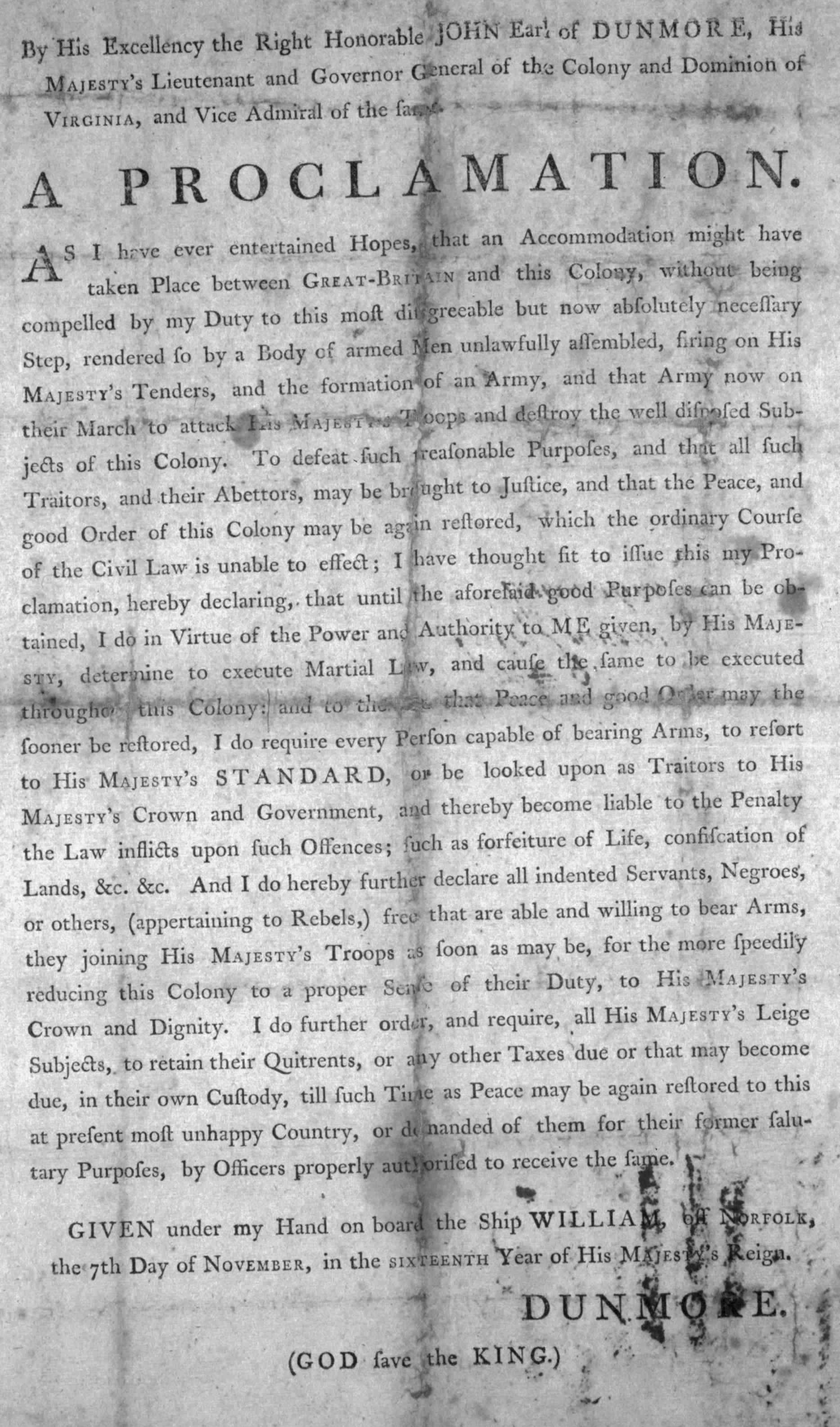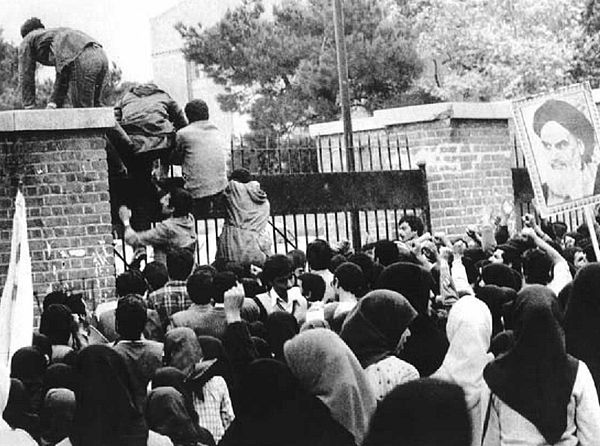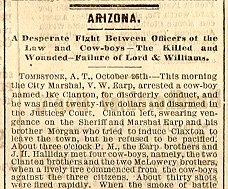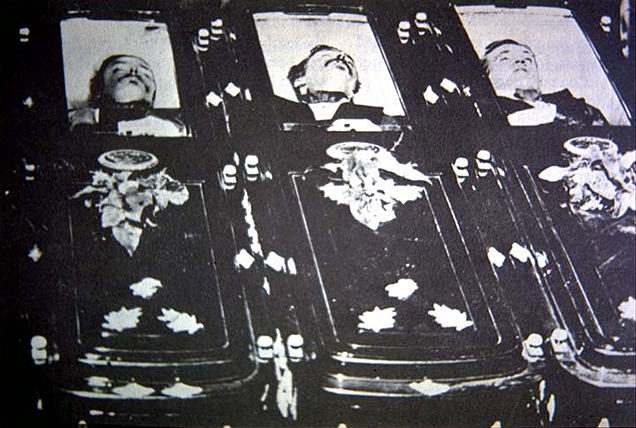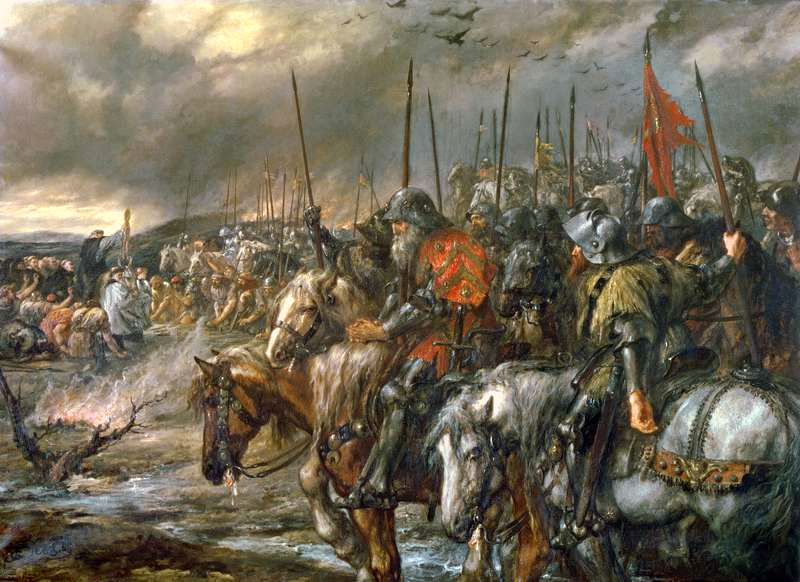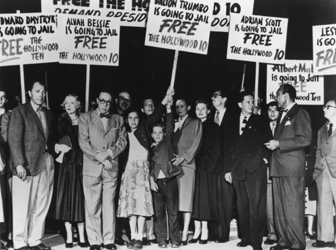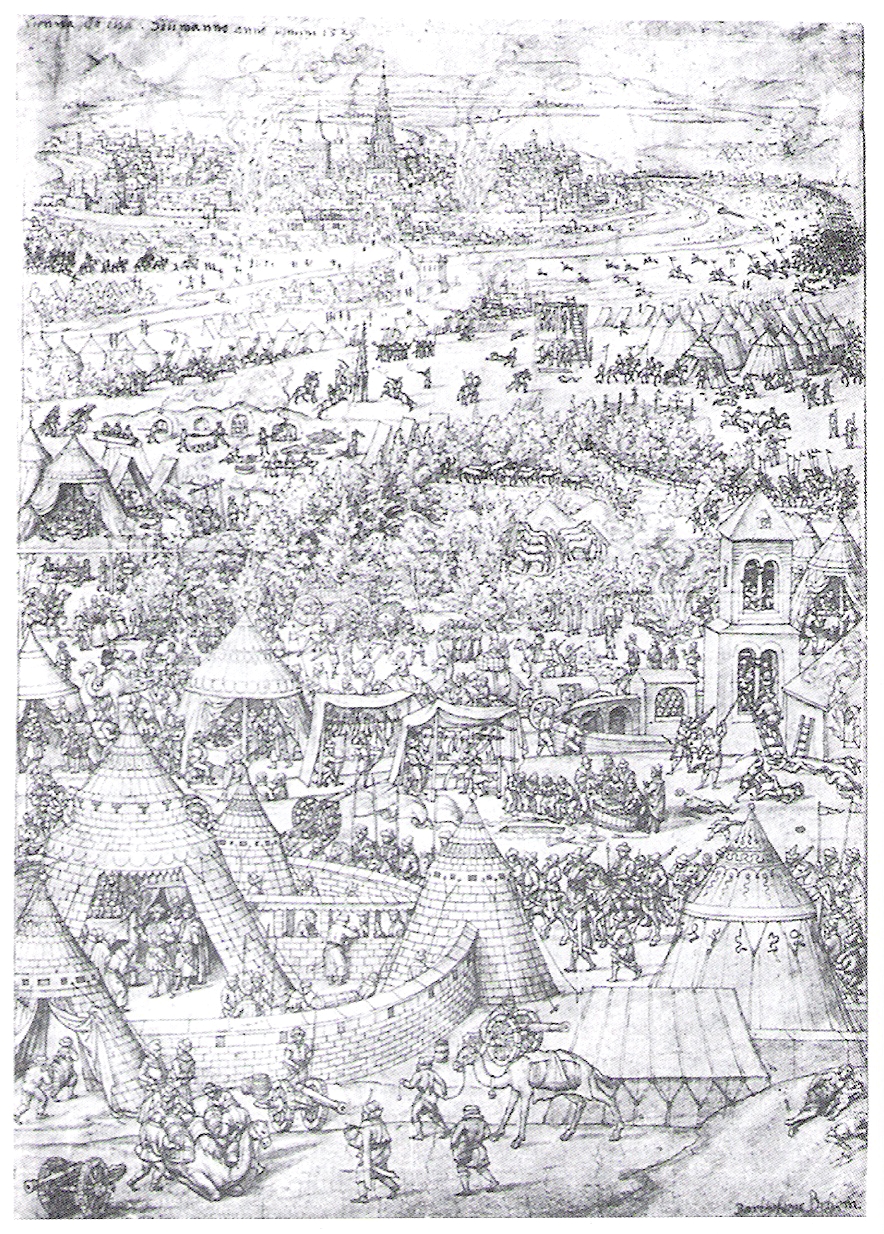565
The death of Byzantine ruler Justinian I. The last of the Eastern Roman emperors to speak Latin as his native tongue, Justinian was born in 482 in what is now Macedonia and moved to the capital Constantinople after his adoption by his uncle Justin, a prominent general. When at the age of 70 in 518, Justin became emperor, Justinian grew to be a power behind the throne and an important army commander. On his uncle’s death in 527 he was crowned emperor. His reign, though not always successful, was one of the most significant in Byzantine history.
Justinian believed in religious unity, which to him meant persecution of pagans, Jews, and Christian dissidents. His wife, Theodora, who had risen to become imperial consort from low beginnings as an actress/prostitute (in the 6th century these were much the same thing), supported Monophysitism but Justinian clung to the orthodox Chalcedonian position. He closed the Academy in Athens, founded by Plato in the 4th century BC, causing the philosophers there to scatter to exile in Persia. When the Nike riots of 525 destroyed much of Constantinople, Justinian rebuilt splendidly, particularly Hagia Sophia, the Church of Holy Wisdom which for 1,000 years was the greatest edifice in Christendom.
His most influential decree was the recodification of Roman law, which was still a mishmash of ancient mandates from the days of the kings, the laws of the Republic, and the pagan Empire as well as the legislation of Christian emperors since Constantine. The result was a unified and rational body of law which forms the basis of many of the world’s legal systems today.
His ambition to drive back the western barbarians and reclaim the lost western empire outstripped his treasury and the talent of his generals. Though early success won North Africa, Italy and parts of Spain, continuous resistance from the Ostrogoths, new invasions of Lombards, and pressure from the Persian front drained the public purse and swamped much of the reconquered territories. A catastrophic plague in 541-42 depopulated the empire and gutted the army so that at his death Justinian left behind a weakened and bankrupt state.

